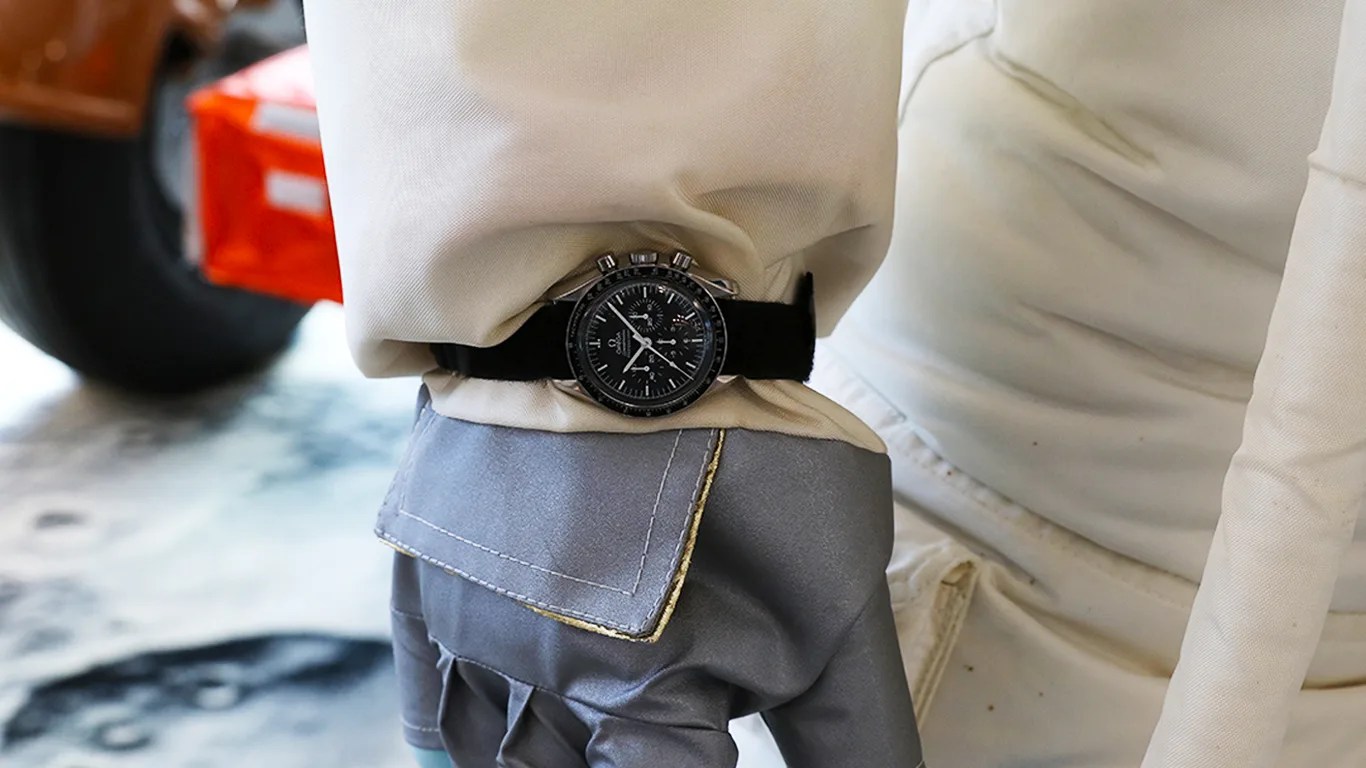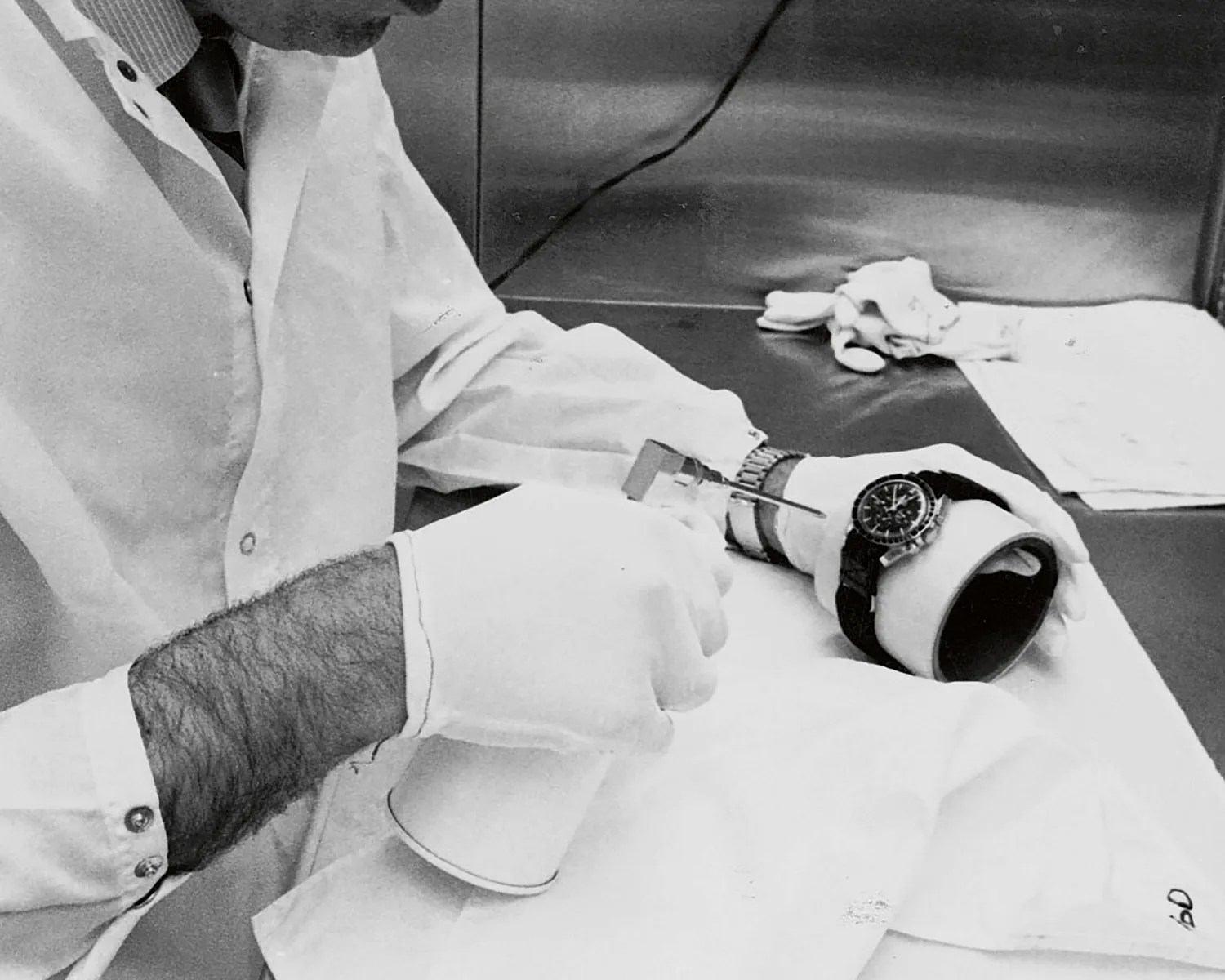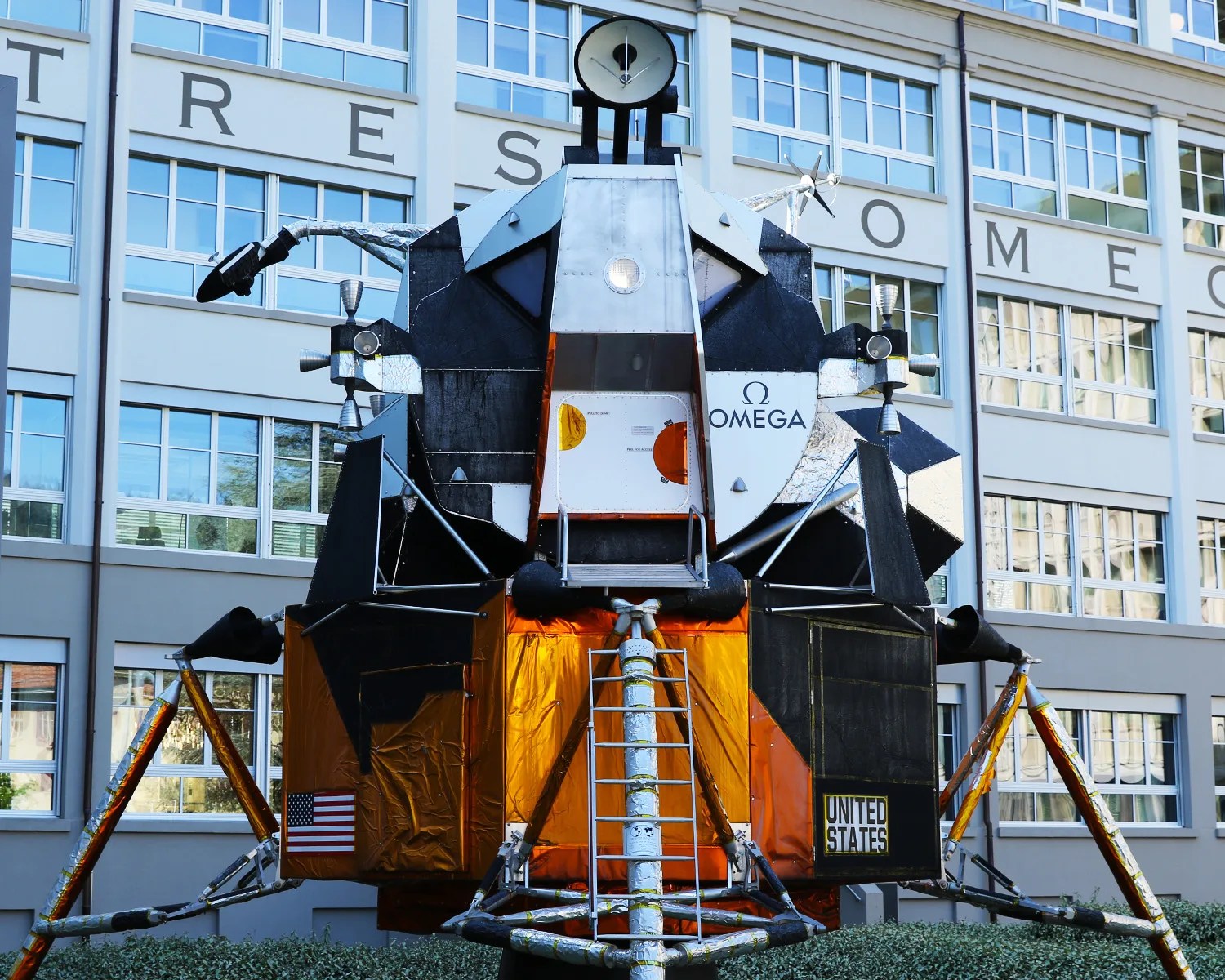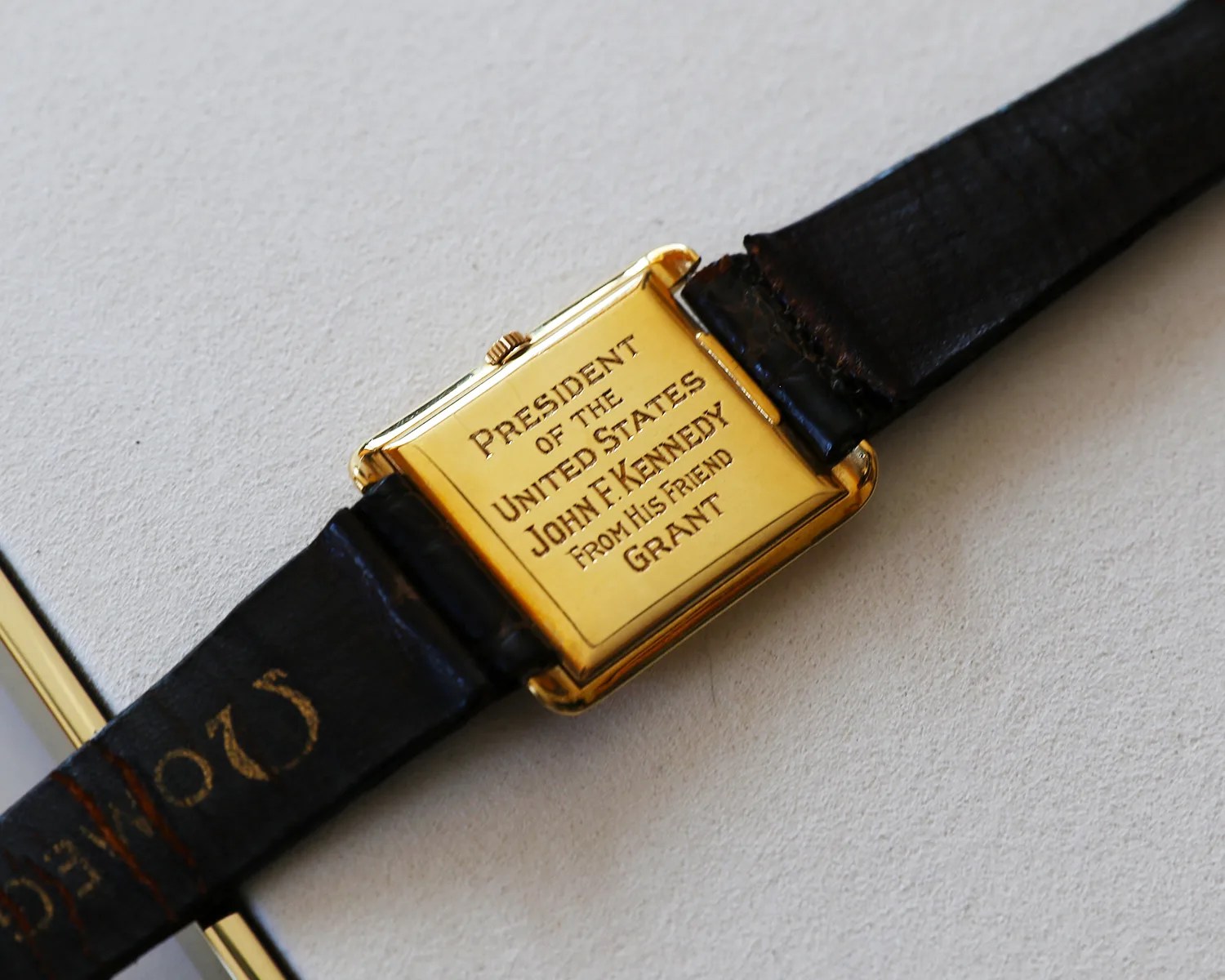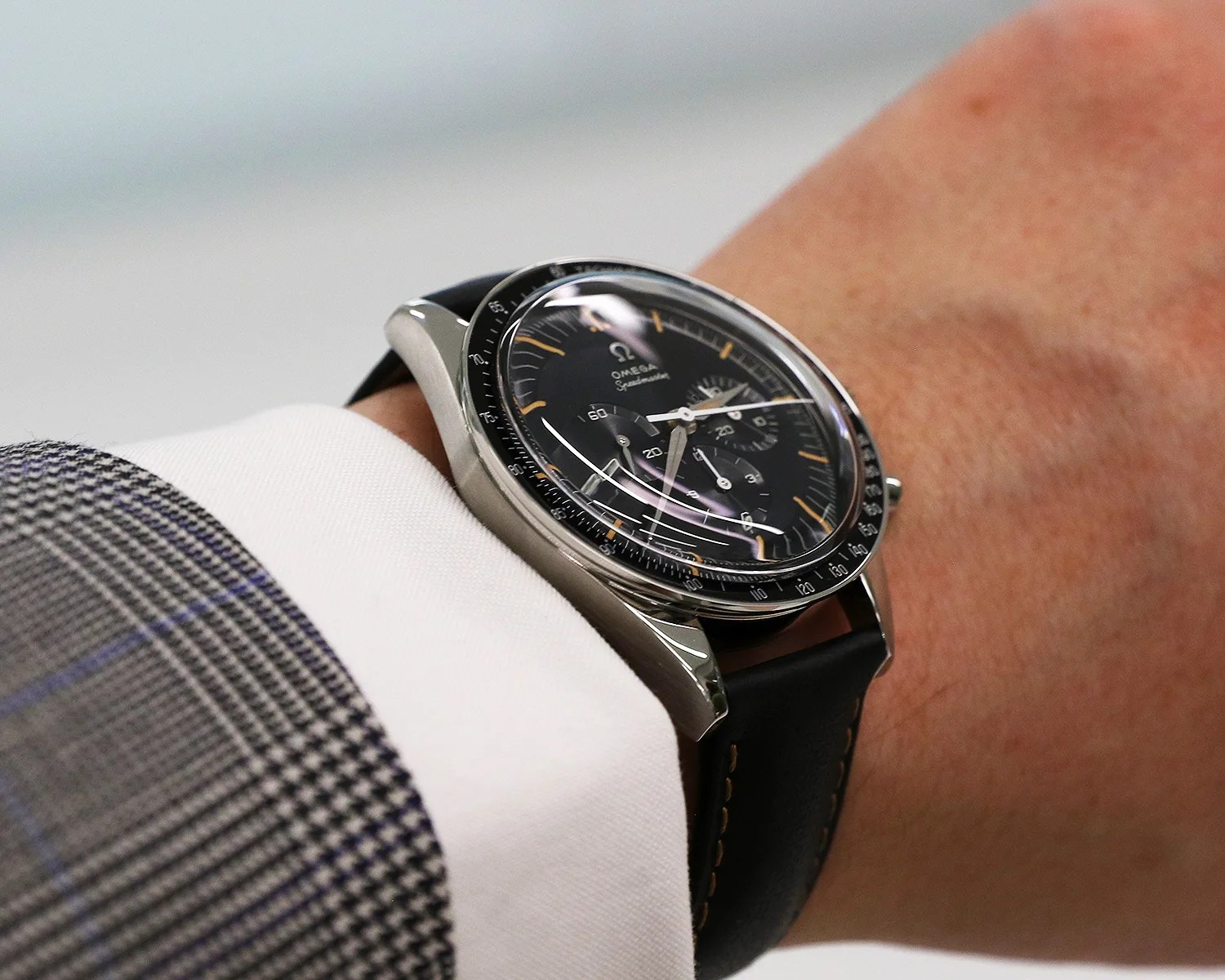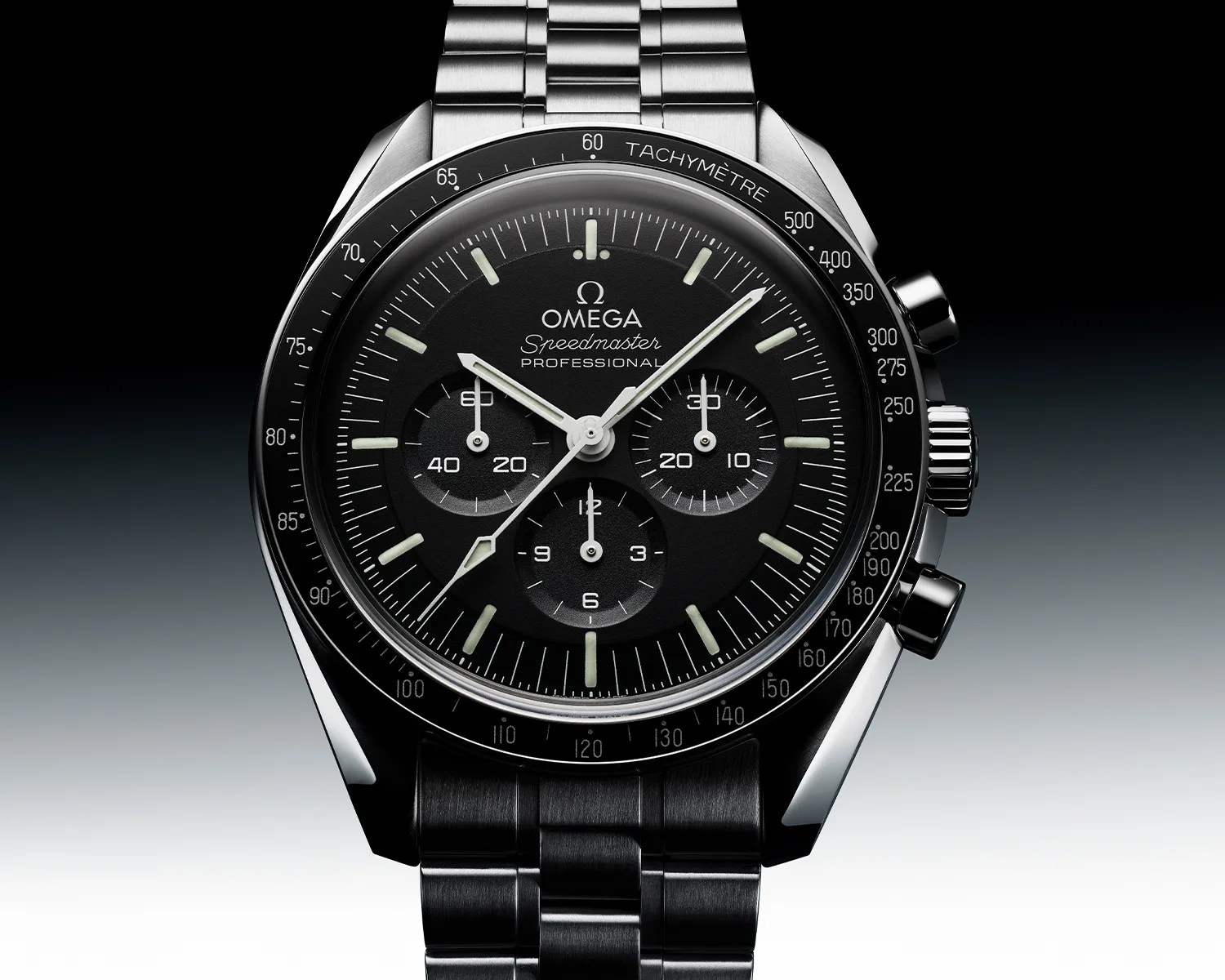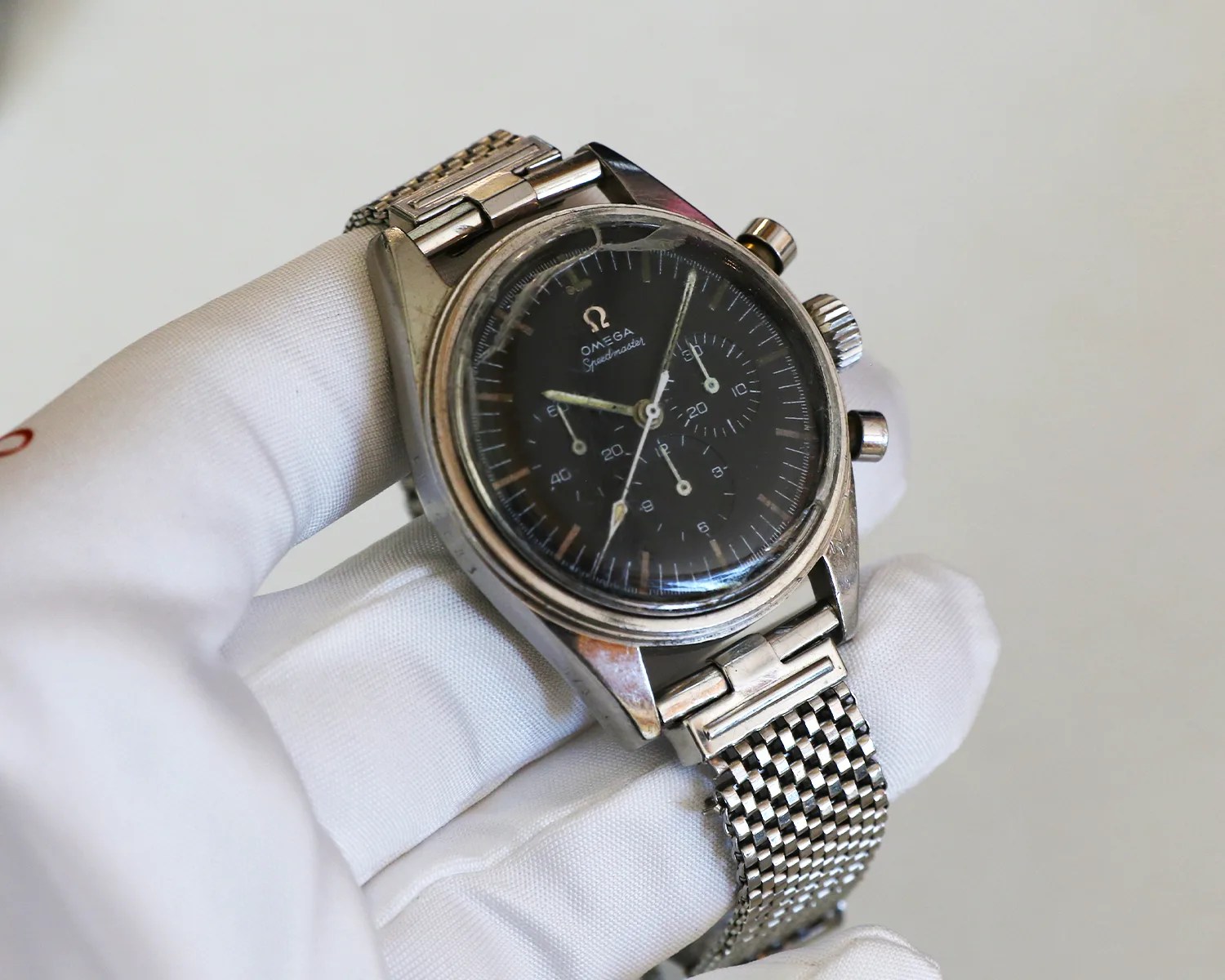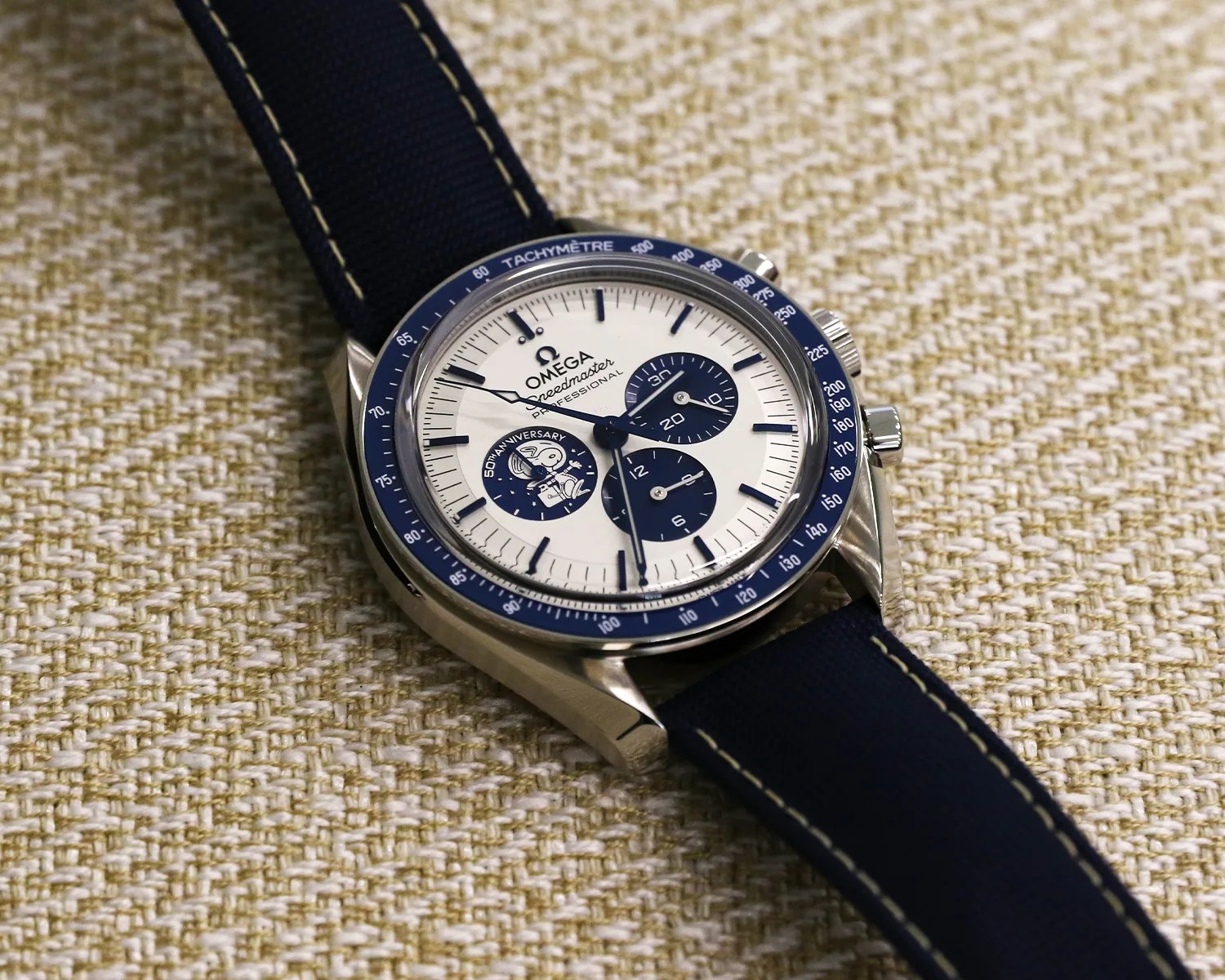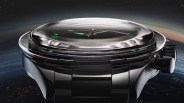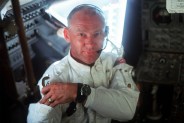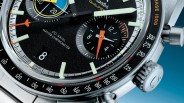Omega is one of the most famous and successful watch brands in the world.
The reasons for this basically boil down to three long-running partnerships that, while very different on the surface, all serve to strengthen Omega’s reputation as a producer of some of the best sports watches and tool watches on the planet, if not beyond.
The first of these relationships is Omega’s status as the official timekeeper of the Olympic Games, a position it has held since the 1932 Summer Games in Los Angeles.
Next is Omega’s position as the exclusive on-screen watch of James Bond, a sponsorship established 30 years ago in the 1995 blockbuster film Goldeneye.
Lastly, and most significantly, are Omega’s ties with NASA. The first Omega to make it into space was a Speedmaster reference CK 2998, the personal watch of US astronaut Walter Schirra, who wore it during Project Mercury’s Sigma 7 mission in 1962.
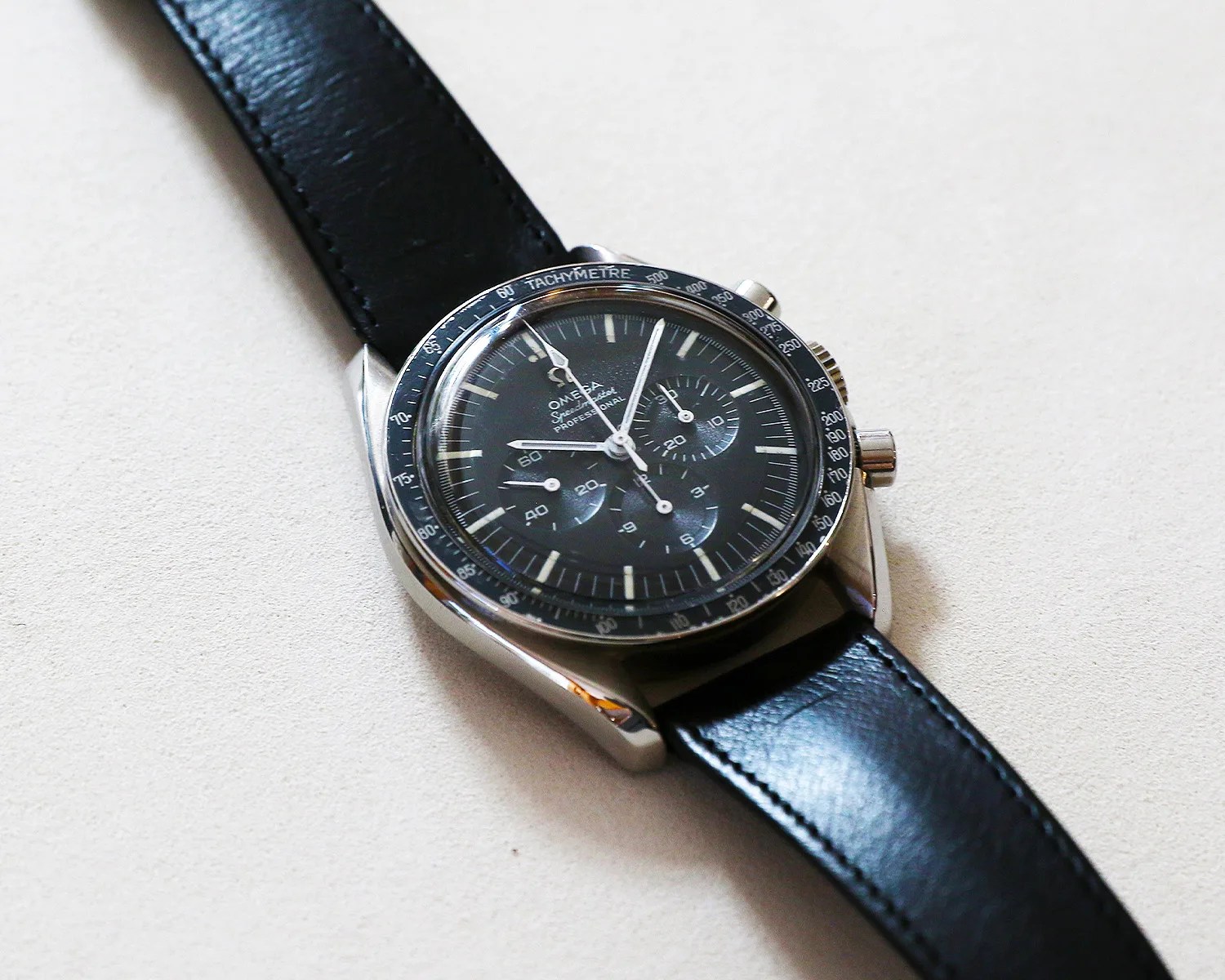
Three years later, in 1965, the Speedmaster became the only watch to pass NASA’s testing and earn qualification for space flight.

